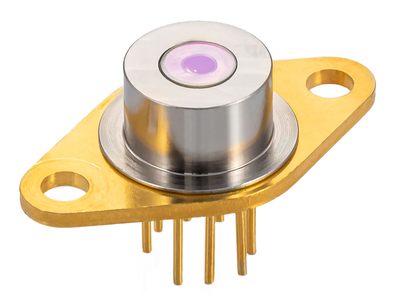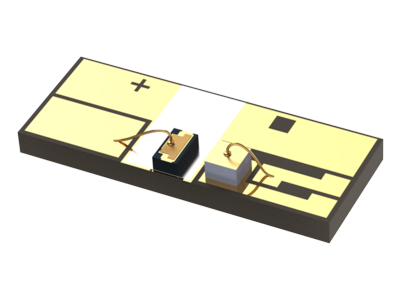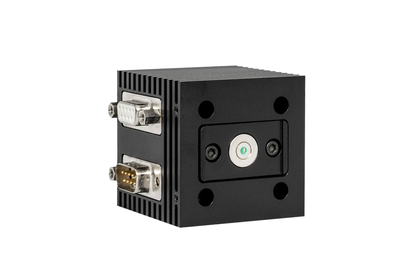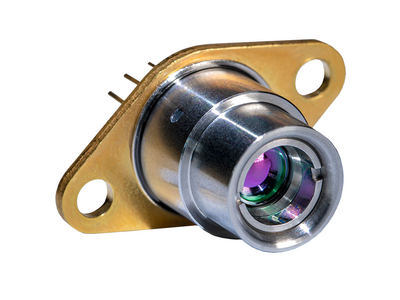

DFB interband cascade lasers at 3345 nm & 3375 nm are used for ethane detection.
Please have a look at the key features, specifications and applications.
|
parameters
|
symbol
|
unit
|
minimum
|
typical
|
maximum
|
|---|---|---|---|---|---|
|
parameters
operating wavelength (at Top, Iop) |
symbol
λop |
unit
nm |
minimum
|
typical
3345 & 3375 |
maximum
|
|
parameters
optical output power (at λop) |
symbol
Pop |
unit
mW |
minimum
|
typical
15 |
maximum
|
|
parameters
operating current |
symbol
Iop |
unit
mA |
minimum
|
typical
|
maximum
120 |
|
parameters
operating voltage |
symbol
Vop |
unit
V |
minimum
|
typical
5 |
maximum
|
|
parameters
threshold current |
symbol
Ith |
unit
mA |
minimum
15 |
typical
25 |
maximum
40 |
|
parameters
side mode suppression ratio |
symbol
SMSR |
unit
dB |
minimum
|
typical
> 35 |
maximum
|
|
parameters
current tuning coefficient |
symbol
CI |
unit
nm / mA |
minimum
|
typical
0.10 |
maximum
|
|
parameters
temperature tuning coefficient |
symbol
CT |
unit
nm / K |
minimum
|
typical
0.35 |
maximum
|
|
parameters
operating chip temperature |
symbol
Top |
unit
°C |
minimum
+15 |
typical
+20 |
maximum
+40 |
|
parameters
operating case temperature (non-condensing) |
symbol
TC |
unit
°C |
minimum
-20 |
typical
+25 |
maximum
+55 |
|
parameters
storage temperature (non-condensing) |
symbol
TS |
unit
°C |
minimum
-30 |
typical
+20 |
maximum
+70 |





Ethane is a by-product of methane emissions. The ethane ratio varies between methane emissions from thermogenic and biogenic sources. This allows differentiating oil and gas reserves from those of livestock, landfills, wetlands or stagnant water. Studies are executed on behalf of the US Environmental Protection Agency to quantify methane emissions caused byincreased natural gas exploration and production in the US. A newly developed ethane spectrometer delivers 1 second ethane measurements with sub-ppb precision in an ethane-methane mixture.
[ 187 , 61 ]Ethane is an important greenhouse gas that has a critical impact on climate change. Emissions are related to fossil fuel and biofuel consumption, biomass combustion and natural gas losses. Trace gas detection of ethane is an important tool to monitor greenhouse gases.
[ 187 , 146 , 145 , 128 , 119 , 10 ]nanoplus distributed feedback lasers show outstanding spectral, tuning and electrical properties.

Typical spectrum of a nanoplus 3345 nm distributed feedback interband cascade laser

Typical mode hop free tuning of a nanoplus 3345 nm distributed feedback interband cascade laser

Typical power, current and voltage characteristics of a nanoplus 3345 nm distributed feedback interband cascade laser
nanoplus uses a unique and patented technology for DFB laser manufacturing. We apply a lateral metal grating along the ridge waveguide, which is independent of the material system. Read more about our patented distributed feedback technology.
